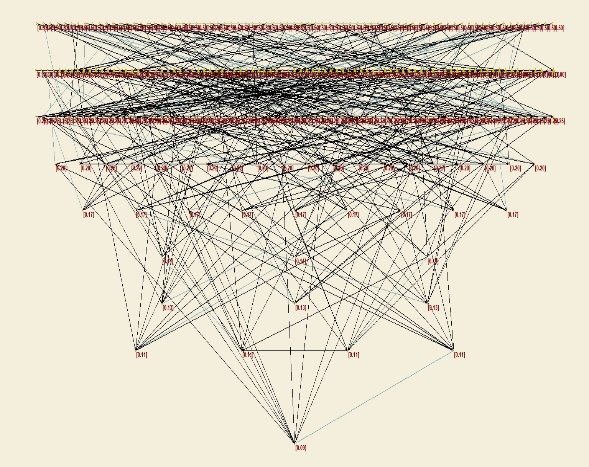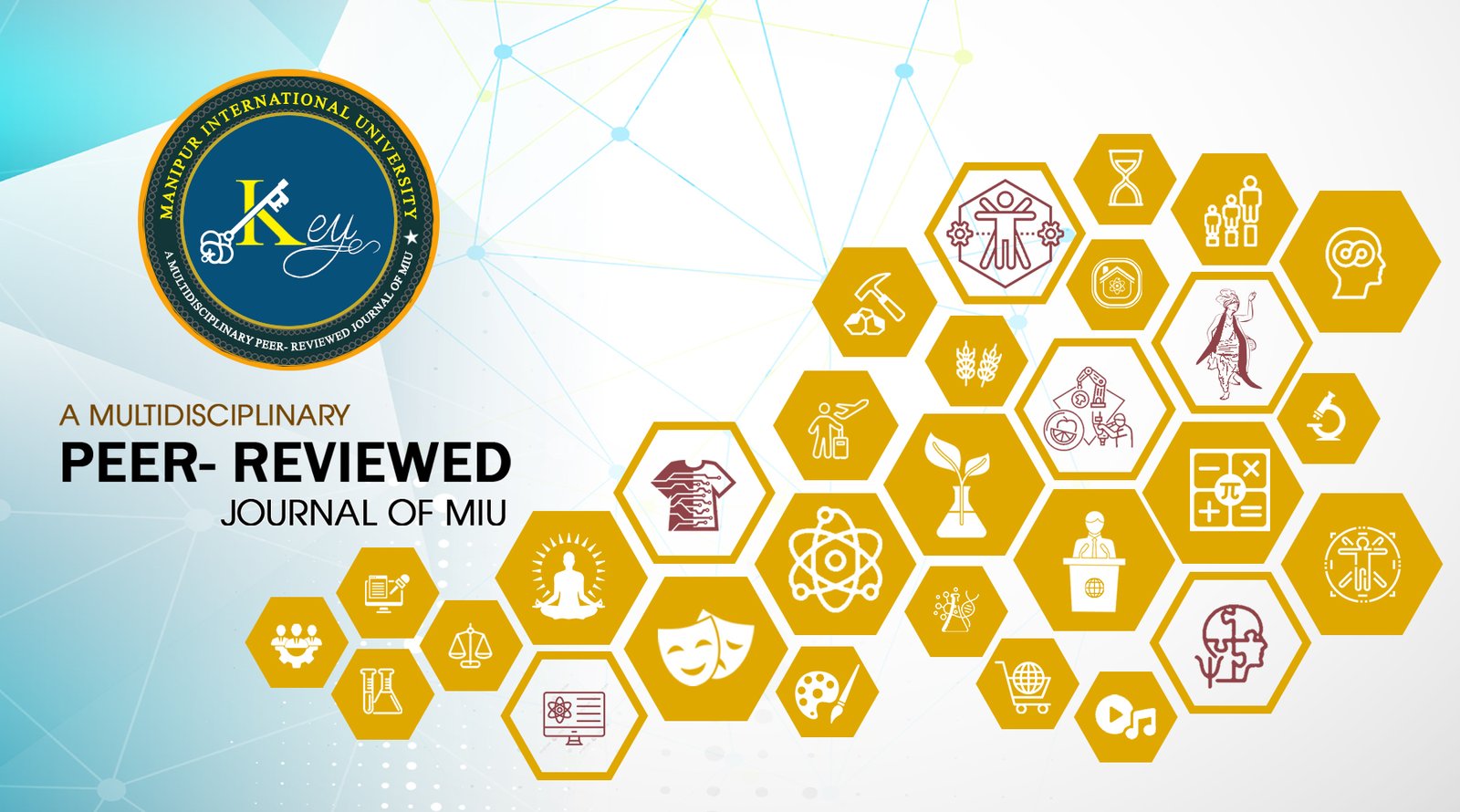A comparative analysis of the graph-theoretic representations of the genealogies, a social network approach
Keywords:
Kinship network; Naming system; Graph theory; Social network analysisAbstract
Graph theory and social network analysis provide an excellent framework for visualising and comprehending social networks. A network can be represented by an Ore graph, P graph (or parental graph), or Bipartite P graph, each of which has advantages and disadvantages. The genealogical data on the Galo tribe of Arunachal Pradesh, India, which uses a very distinct naming system to help them remember and recollect all the members of their respective clans, is graphically represented using the three aforementioned graphs to determine the most appropriate representation of genealogical data based on social network parameters. To examine these representations, social network measures are used, and it is discovered that nearly all three representations have roughly comparable centrality ratings. However, the P graph and Bipartite P graph do not demonstrate network transitivity, whereas the Ore graph does with a coefficient of 0.25497421. There were no reconnected marriages among the three representatives.


